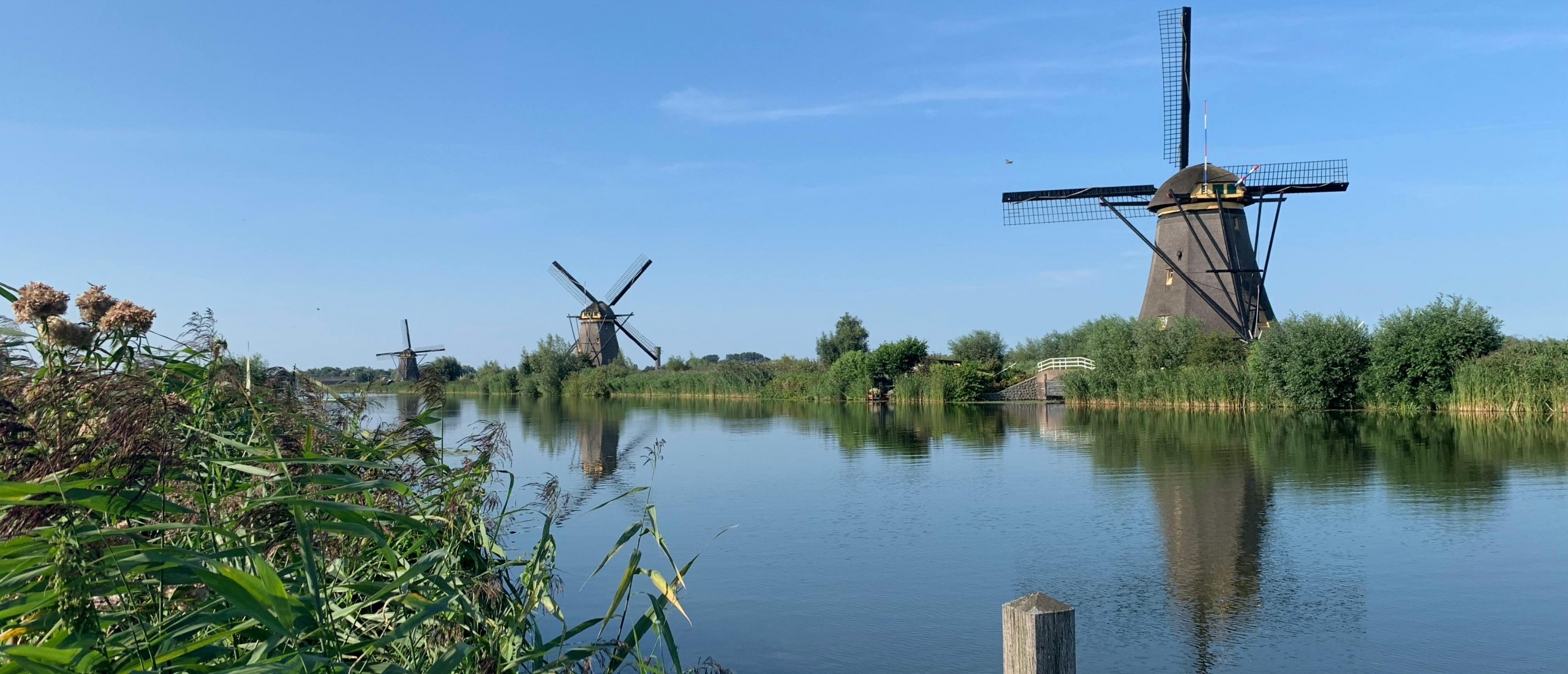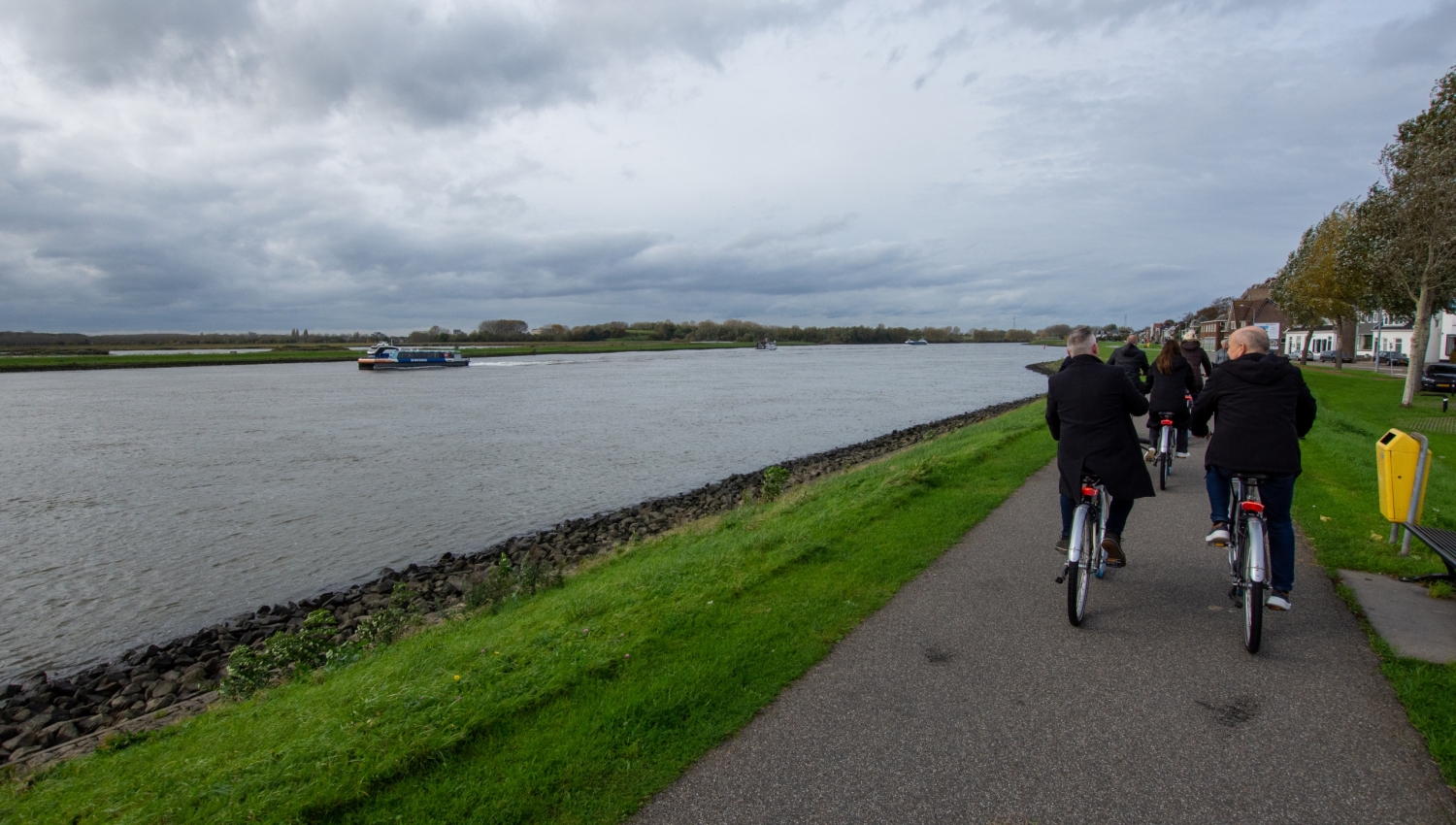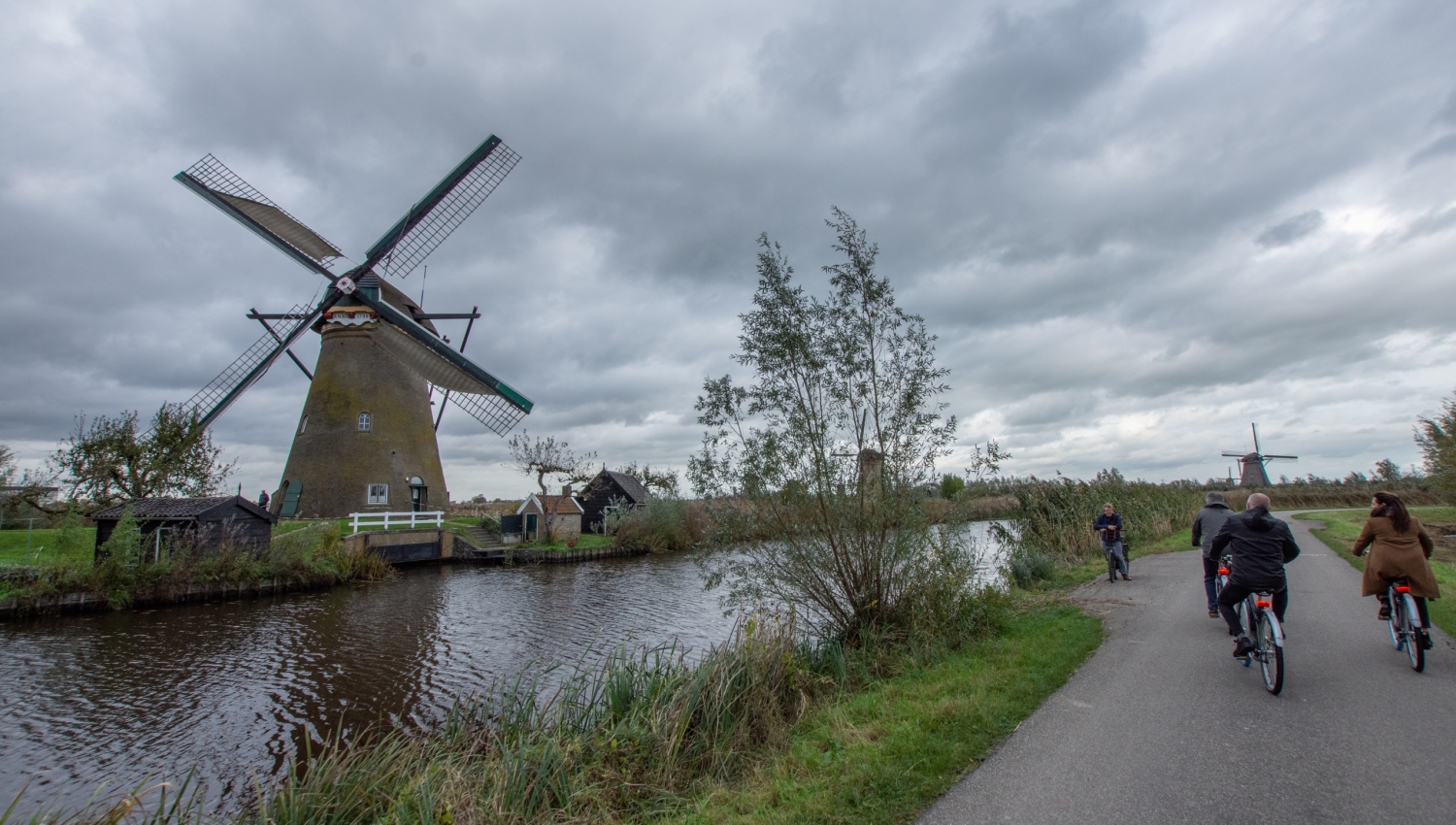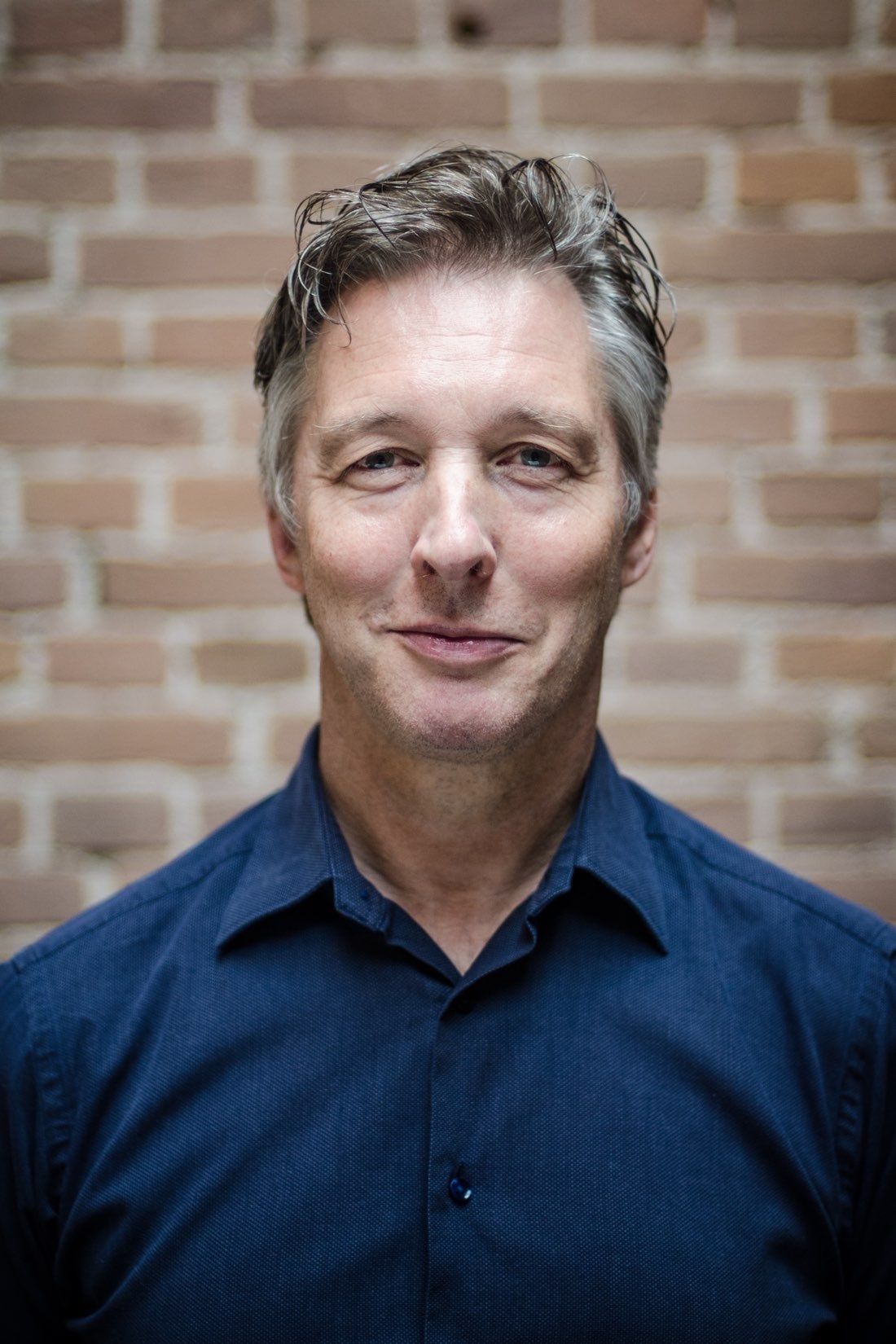
Strategy Visitor Management
For the Kinderdijk World Heritage Foundation, we are building a strategy and approach for their visitor management.
Read moreWe are working together with SWEK and the partners involved within the Bustuurlijk Platform Kinderdijk (including the municipalities of Molenlanden and Alblasserdam, the Province of South Holland, the Rivierenland Water Board and the Rijksdienst voor Cultureel Erfgoed) on a vision for and approach to visitor management. A future-oriented approach that must simultaneously make an important contribution to safeguarding the quality of life in the area and enabling many people to visit and experience the world heritage, with the customer journey taking centre stage.
The number of visitors is rising and will continue to do so in the coming years (source: NBTC). This is positive because paying visitors are the basis for heritage conservation and management. But this also calls for measures to ensure a healthy balance between residents and visitors, thereby reducing the pressure on the area and enhancing liveability. This can be done with an integrated visitor management strategy that allows planned and future activities to be tested for desirability and feasibility, while at the same time contributing to sustainability and liveability ambitions.

World heritage and visitor icon contributes to the liveability and development of its own environment
Many municipalities in the Netherlands and abroad house special heritage, and use it to strengthen the local economy and/or the liveability of the area. Together with the UNESCO World Heritage Site Kinderdijk, the municipalities of Molenlanden and Alblasserdam form such an area: a unique region with its own character and characteristics, located on the western tip of the Alblasserwaard between Rotterdam and Dordrecht. Kinderdijk is the most important international-cultural-historical-tourist attraction in this area. More than a million visitors – about half of them paying – are expected to eventually visit the heritage site every year.
The administrative task is to make optimal use of this potential to enhance liveability, preserve nature and heritage and strengthen the local economy. This requires an integral approach that takes into account local interests within both municipalities and makes optimal use of the regional environment and actively involved stakeholders. This therefore requires a vision, strategy and approach to visitor management.

Working from the same starting points and framework conditions, coming up with measures together
In a series of sessions and discussions, BLOC went into depth with all stakeholders, supported by research and our experience in other areas. What do all stakeholders consider important and what is the role and value of the visitor? How can heritage remain accessible to all but limit the number of visitors (maximum 500,000)? How do we steer with product and price in time and space? How do we involve the surrounding environment and what is the role of mobility and innovation? This input is the basis for the vision and strategy supplemented with very concrete measures.
For example:
- A smart approach to the accessibility of Kinderdijk and the required use of mobility and how the various forms of this connect (chain mobility). This includes extensive attention to water-borne transport, given the unique location in the delta of the Maas, Merwede and Lek rivers with a Waterbus route connecting two important destinations (Rotterdam and Dordrecht) with Kinderdijk.
- Identifying smart linkage opportunities in the ‘hinterland’ of Kinderdijk, partly mapped within the project: de kansenkaart Alblasserwaard.
- An elaborated organisational structure that enables stakeholders to shape the implementation and financing of the projects and measures to be carried out within the strategy and thus realise the shared ambitions for the area.
By adopting this strategy, we are building ownership and creating commitment to take responsibility. This will enable the parties to jointly realise appropriate interventions in the coming period to ensure a sustainable accessible World Heritage Site.
Also want to get started with a visitor management approach or vision? Contact Fred!

Fred Witte
- fred@bloc.nl
- +31 6 16 21 67 79
